Car DVR (Digital Video Recorder) systems, commonly referred to as dashcams, have become an essential tool for drivers seeking additional security, accountability, and peace of mind. The ability to record and store video footage of driving events, incidents, or scenic journeys provides significant advantages in accident documentation, insurance claims, and even legal disputes. A key component that greatly influences the effectiveness and reliability of these DVR systems is the type of storage used, with SD cards emerging as the preferred choice.
Here’s a guide to the advantages of using SD cards for car DVR footage.
The Role of SD Cards in Car DVR Systems
Car DVRs continuously record and overwrite footage, requiring a storage solution that can handle frequent data cycles. SD cards, which are compact and high-performing, offer a convenient and scalable storage medium that fits the unique demands of car DVR systems. Here’s why SD cards are particularly well-suited for this purpose.
High Capacity and Scalability
SD cards come in a range of capacities, from 8GB to 512GB or more, making them adaptable to different recording needs. For users who require extensive footage storage, high-capacity SD cards allow for extended recording times, especially useful for long road trips or users who prefer not to frequently replace or back up their footage. DVRs generally support both SDHC (Secure Digital High Capacity) and SDXC (Secure Digital Extended Capacity) formats, making it easy to scale storage as needed.
Speed Ratings for Reliable Performance
SD cards have different speed classes that determine their read and write speeds. Speed is crucial for DVR applications since the camera constantly records video data in real-time. Speed ratings are typically classified as Class 10, UHS (Ultra High Speed), or V (Video Speed) classes, with Class 10 or higher (such as V30 or U3) recommended for car DVRs. Higher speed classes ensure that the DVR can write video files without delay or lag, minimizing the risk of data loss or corruption.
Durability and Reliability
Dashcams are often exposed to extreme temperatures, vibrations, and frequent cycles of read/write operations, which makes durability essential. High-quality SD cards designed specifically for automotive or high-endurance use are built to withstand these conditions, ensuring reliable performance over time. Such SD cards use advanced flash memory technologies and are rated for thousands of write cycles, making them ideal for continuous video recording applications.
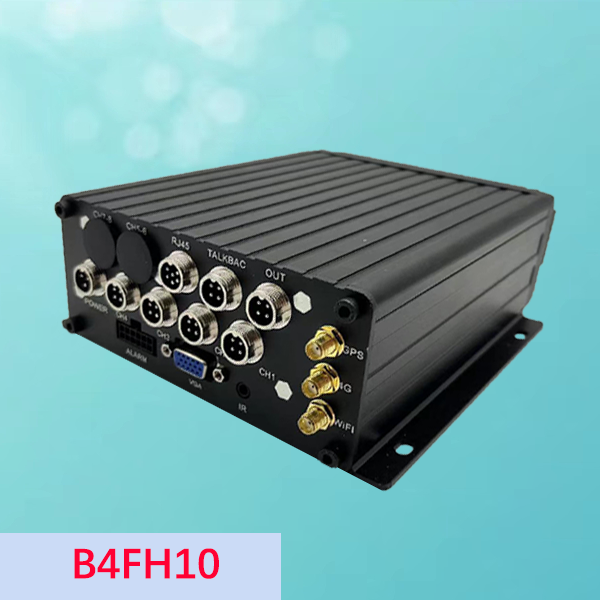
Benefits of Using SD Cards for Car DVR Footage
Enhanced Data Security and Protection
SD cards offer built-in mechanisms to protect data integrity. Many high-endurance SD cards come with error-correcting codes (ECC) that detect and correct minor data errors during write cycles, reducing the chances of footage corruption. Additionally, SD cards often include wear-leveling technology, which distributes write and erase cycles evenly across memory cells, prolonging the card’s lifespan and preserving stored footage.
Quick and Easy Footage Access
Accessing footage on an SD card is straightforward. When an incident occurs, the SD card can be quickly removed from the DVR and inserted into a card reader or computer to review the video files. This portability makes it easy to transfer and back up footage without requiring direct connectivity to the DVR, providing a seamless user experience.
Cost-Effectiveness
Compared to other storage options like SSDs or cloud storage, SD cards offer a cost-effective solution for recording and storing DVR footage. With no ongoing subscription fees or complex installation processes, SD cards present a low upfront cost, making them an attractive option for users looking to manage car DVR footage without significant investment.
Versatility and Compatibility
SD cards are compatible with a wide range of car DVR models, allowing users to select cards that best match their specific DVR requirements. Moreover, many car DVRs support hot-swapping, meaning the SD card can be removed and replaced without powering down the device, adding flexibility for drivers who need to quickly switch cards or access stored footage.

Compact Design
The small, compact size of SD cards contributes to their ease of use in compact dashcam systems, where space is limited. Their portability also enables easy transfer between different devices, such as from the dashcam to a computer or smartphone, simplifying data management and backup processes.
Environmental Resilience and Durability
High-quality SD cards designed for car DVR use are often built to withstand extreme environmental conditions, such as high temperatures, humidity, and vibrations. This durability makes them suitable for long-term use in a range of climates and driving environments, ensuring consistent performance even under harsh conditions. Environmental resilience is essential for maintaining footage integrity and ensuring reliable operation for drivers in diverse locations.
High-Capacity Storage Options
SD cards come in a variety of storage capacities, from standard sizes to high-capacity SDXC and SDUC cards, which can store extensive hours of footage without frequent replacement. This capacity flexibility is ideal for users who need continuous recording or extended storage without constant management. By choosing a higher-capacity SD card, drivers can reduce the need for frequent footage transfers or data overwrites, simplifying their overall storage strategy.
Enhanced Data Privacy
SD cards offer a high level of data privacy, as footage is stored directly on the card and not transmitted over networks, minimizing exposure to hacking risks. For users prioritizing privacy, SD cards provide a secure, isolated storage solution, keeping sensitive footage on a local device rather than in cloud storage. This offline storage option adds an extra layer of protection, ideal for users who want to ensure data security.

Types of SD Cards Suitable for Car DVRs
Not all SD cards are created equal, and selecting the right type is crucial for achieving reliable performance in car DVR systems. Here are some of the types of SD cards commonly used in dashcams.
High-Endurance SD Cards
Designed specifically for applications with high write cycles, high-endurance SD cards are an excellent choice for car DVRs. These cards use advanced flash memory that can handle frequent overwriting, offering a longer lifespan compared to standard SD cards. They are engineered to withstand environmental stressors such as heat, humidity, and vibration, making them particularly suitable for automotive use.
SDHC vs. SDXC Cards
SDHC (Secure Digital High Capacity) cards offer storage capacities from 4GB to 32GB and are a budget-friendly option for users with minimal storage needs. However, for users requiring more extensive recording times, SDXC (Secure Digital Extended Capacity) cards, which provide capacities above 32GB (up to 2TB), are better suited to accommodate longer recording sessions without the need for frequent file deletion or card swapping.
UHS and Video Speed Class Cards
When choosing an SD card for a car DVR, it’s essential to consider both UHS Speed Classes (U1, U3) and Video Speed Classes (V10, V30, V60, V90). These classes indicate the minimum write speed and are critical for maintaining smooth, uninterrupted video recording. For DVRs recording in Full HD or 4K resolution, selecting a U3 or V30 class card ensures the DVR can keep up with the large data demands of high-quality video recording.
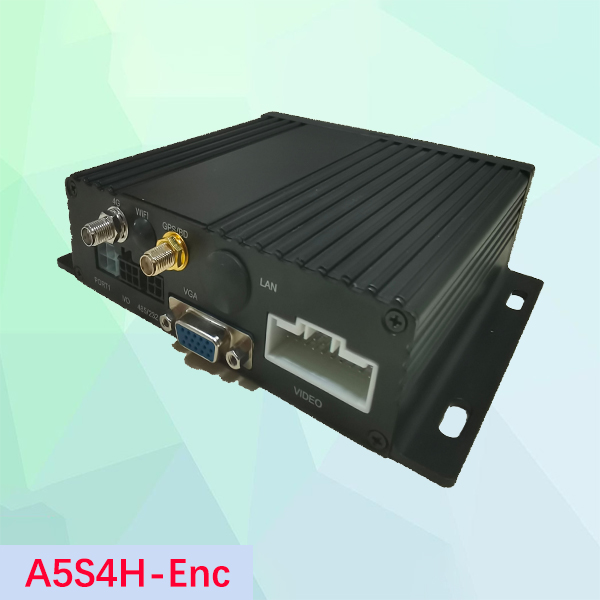
Best Practices for Selecting and Maintaining SD Cards for DVRs
To maximize the benefits and longevity of SD cards used in car DVRs, it’s important to follow specific best practices for selection and maintenance. These practices help prevent data loss and ensure reliable footage recording over time.
Choosing the Right Capacity and Speed
Selecting the right balance between capacity and speed class is essential. While higher capacities offer more storage, not all DVRs can handle extremely large SD cards, so it’s important to verify compatibility with the DVR model. Additionally, for Full HD or 4K recordings, higher speed classes (U3, V30) are recommended to maintain high-quality footage.
Regularly Formatting the SD Card
Frequent use of SD cards in DVR systems means they experience substantial wear over time. Regularly formatting the SD card, ideally once a month, can help erase residual data and eliminate fragmented files that could otherwise affect performance. This process is also an opportunity to back up footage and check for any potential issues with the card.
Monitoring and Replacing Cards as Needed
Although high-endurance SD cards are designed for durability, they will eventually wear out with continuous use. Many modern DVR systems offer alerts when the SD card’s lifespan is nearing its end. It’s wise to replace SD cards annually or whenever the DVR signals card degradation, reducing the risk of data loss or card failure.
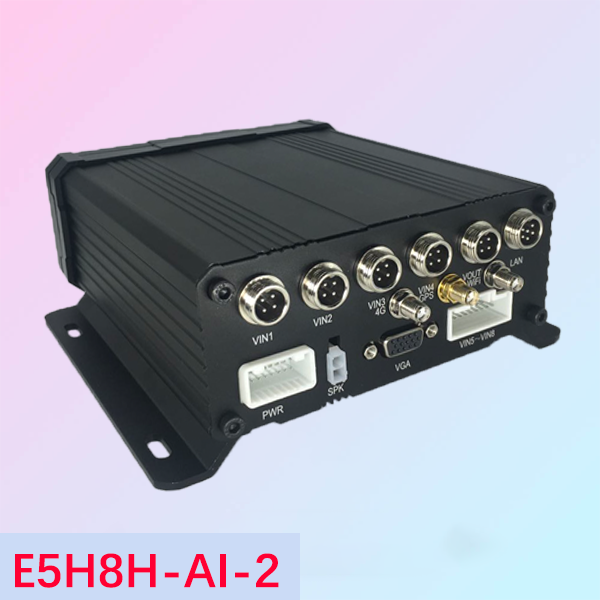
Avoiding Overfilling the Card
Keeping some free space on the SD card helps prevent performance issues and minimizes the risk of data corruption. Overfilling an SD card can lead to write errors or degraded footage quality, especially in continuous recording setups. To avoid these issues, regularly check storage levels and transfer or delete old footage as needed, ensuring there’s ample space for new recordings.
Storing and Handling with Care
Proper handling and storage of SD cards extend their lifespan and reliability. When removing or inserting SD cards, handle them carefully and avoid touching the metal contacts, as this can affect data integrity. Store spare SD cards in protective cases to shield them from dust, moisture, and physical damage, ensuring they’re ready for use whenever needed.
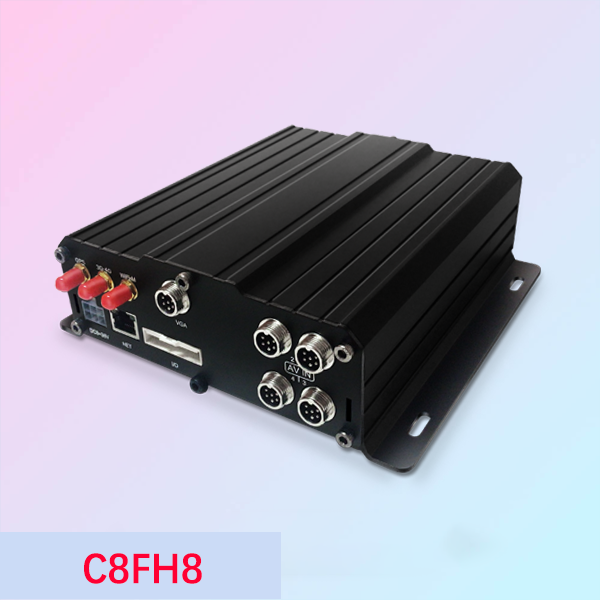
Common Challenges and Solutions
While SD cards offer many benefits for car DVR systems, certain challenges can arise. Here are some common issues and solutions.
Heat and Environmental Exposure
Car DVRs are frequently exposed to direct sunlight, leading to higher temperatures inside the vehicle. High temperatures can accelerate SD card wear and potentially lead to data loss. Opting for high-endurance, automotive-rated SD cards designed to withstand higher temperatures helps mitigate this issue.
Data Overwrite and Fragmentation
SD cards in DVRs typically operate in a continuous loop, which can result in frequent overwriting and data fragmentation. Using SD cards with wear-leveling technology helps distribute write operations evenly, extending the card’s lifespan and reducing data fragmentation.

Corrupted Footage
Footage corruption can occur due to a variety of factors, including improper card insertion or sudden power loss. To avoid this, ensure the car DVR is powered off before removing the SD card, and format the card in the DVR itself rather than on a separate device.
Power Fluctuations and Data Integrity
Power fluctuations, such as those caused by turning the vehicle on and off, can disrupt data writing and lead to incomplete files. To minimize this risk, choose DVR systems with built-in power management features, like delayed shutdown, which allow the device to complete writing tasks before fully powering down, thus protecting data integrity.
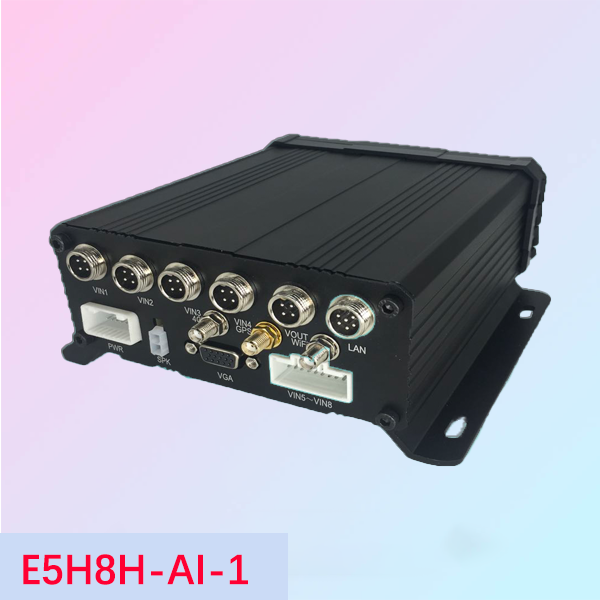
Emerging Trends in SD Card Technology for Car DVR Systems
As technology advances, SD cards continue to evolve, with new features designed to meet the unique demands of automotive applications.
3D NAND Flash Technology
Many new SD cards are built with 3D NAND flash technology, which stacks memory cells vertically to provide higher storage densities and faster speeds. This technology also enhances durability and is increasingly found in high-endurance SD cards designed for continuous video recording in DVR systems.
Built-In Health Monitoring
Some SD cards now feature built-in health monitoring, allowing users to check the card’s status and receive notifications if it’s approaching the end of its lifespan. This proactive approach minimizes the risk of data loss and enhances reliability.
Greater Environmental Resistance
Future SD cards are likely to focus even more on environmental resistance, with manufacturers prioritizing features that increase resilience to temperature extremes, moisture, and physical shocks. This trend reflects the growing demand for reliable storage solutions in automotive and other demanding environments.
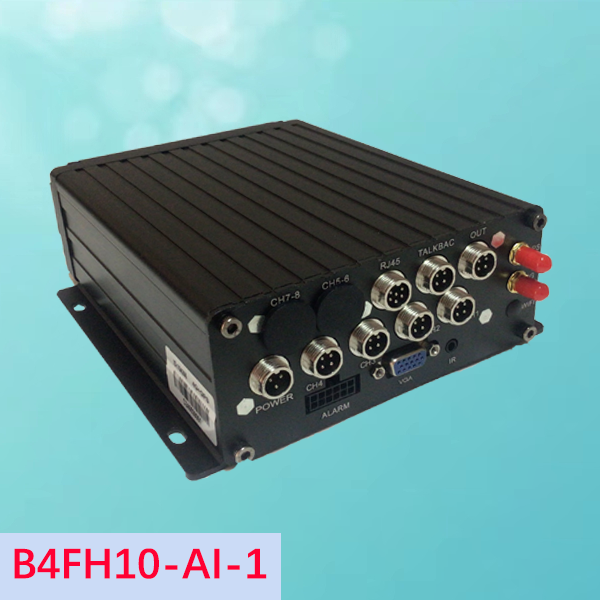
Protect your vehicle, enhance safety, and stay connected with MacFaith E-Technology Co., Ltd’s advanced mobile DVR for vehicles. With cutting-edge features like 360-degree surveillance, rugged memory devices, SD cards, and AI integration (ADAS, DMS, BSD), they provide comprehensive vehicle surveillance solutions to safeguard against accidents and fraudulent claims. Ideal for all vehicle types, our mobile DVRs and camera systems are trusted worldwide for real-time tracking, intelligent monitoring, and reliable video storage, ensuring peace of mind and operational efficiency. Choose from a variety of automobile video camera system configurations tailored to your specific needs, whether for commercial fleets, taxis, or personal use.
Reach out to them and get vehicle BlackBox DVRs with SD cards.


